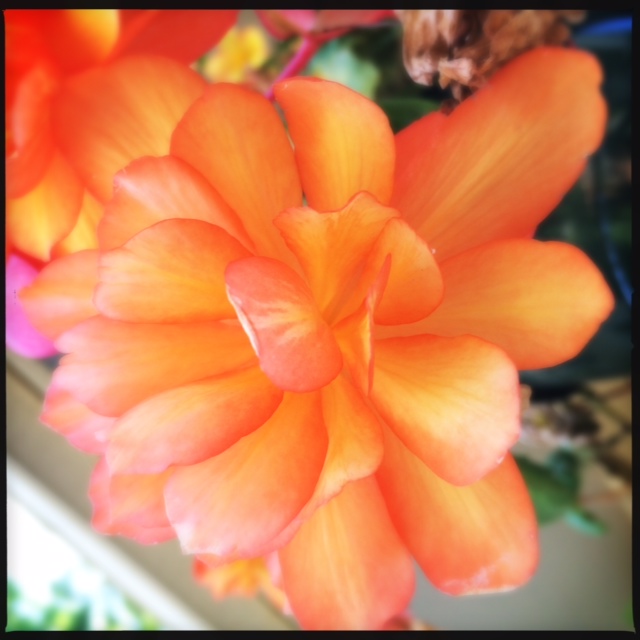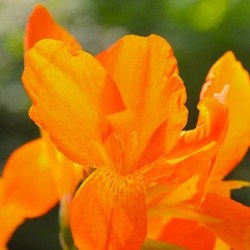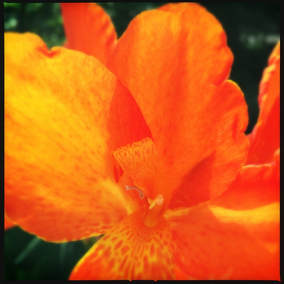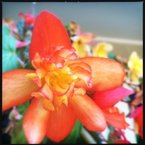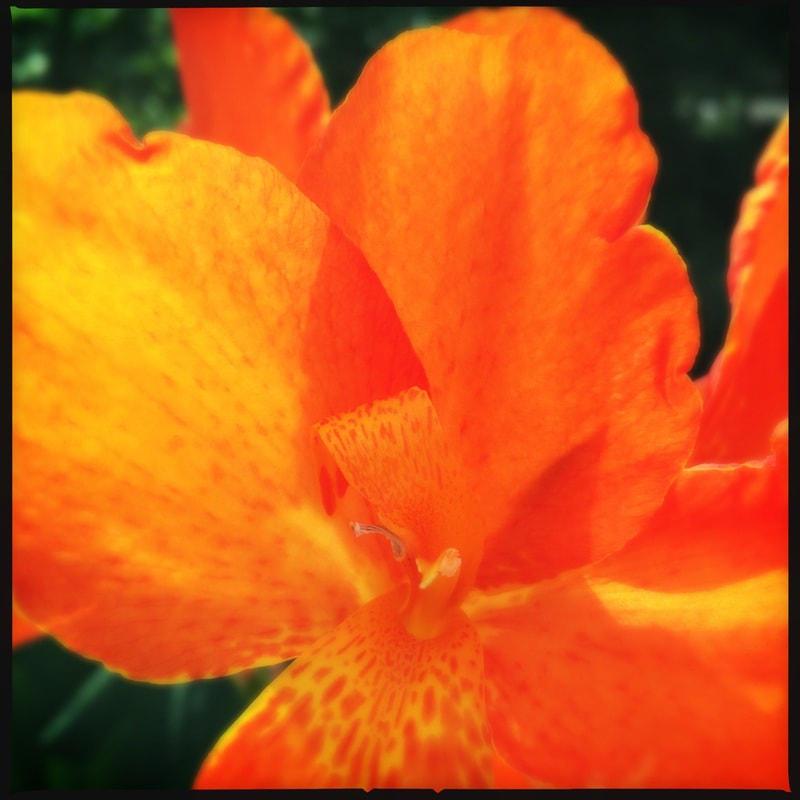Interview with Jericho Parms
Bailey M. Boyd
4.2
|
Jericho Parms’s 2016 essay collection, Lost Wax, is one that weaves reflections of childhood and young adulthood with meditations on famous pieces of art; the essays contained within the collection vary in length and form, yet are all unified by Parms’s distinctly, lyrical voice. I met Jericho when she read from Lost Wax at the University of Missouri in 2017, which led to this extended conversation about her work. Click here to continue reading.
|
Containing the Hidden Lives of Ordinary Things:
A Conversation with Seven Authors
Kim Adrian, William Germano, Margret Grebowicz, Anna Leahy, Christopher J. Lee, Matthew Newton, & Rebecca Tuhus-Dubrow
4.2
|
Edited by Christopher Schaberg and Ian Bogost, the Object Lessons series was launched by Bloomsbury in 2015 and is growing with a new batch of books published twice a year. Steven Johnson, the author of How We Got to Now, has called this series of concise books “something very close to magic.” In this conversation, authors of the most recently released Object Lessons books discuss how the magic works. Here, we discuss the form that series takes and how we developed our projects for this particular type of literary vessel. We explore why and how we each approached the hidden life of a different ordinary thing and balanced breadth and depth to make, in Johnson’s words, “the everyday world come to life.” Click here to continue reading.
|
The New Greek Chorus: Collective Characters in Creative Nonfiction
Amy Monticello
4.2
|
My husband, born in the rural Alabama whose history is peppered with Civil War secessionists, underground abolitionists, Jim Crow lynch mobs, Church of Christ evangelicals, college football fans, and Civil Rights activists, has complicated feelings about groups. To my husband, groups too often smack of indoctrination, of group-think that can lead to exclusion, a lack of nuance, and an ability to whip up violent energy among its members. Over our thirteen years together, I’ve adopted some of my husband’s caution around groups, yet the memoir I’m writing contains several distinct groups that form characters sometimes wholly different from the individuals who belong to them. My struggle is how to characterize their communal function and collective personality without doing injustice to its individual members, flattening them unrecognizable with composite characters sent to the page like ambassadors to represent the whole.
In a surprising turn for a memoirist, I’m looking to classic Greek tragedy to help me out. Click here to continue reading. |
David Foster Wallace's "Ticket to the Fair"
Stacy Murison
4.2
|
The July 1994 cover of Harper’s Magazine featuring David Foster Wallace’s essay “Ticket to the Fair” has stayed with me for over 20 years—the photo of black sky and swirling lights of a Ferris wheel and a lovely colorful gyrating ride, something that most likely induced nausea. The photo is what first attracted me to the issue when I bought it at Out of Town News in Harvard Square in Boston. At the time, I noticed Wallace was the author of the article for which the photo was featured—a bonus—and I was drawn to the initial humor of his unusually long subtitle, which is its own study in description and unexpected combinations of comparisons: “Wherein our reporter gorges himself on corn dogs, gapes at terrifying rides, savors the odor of pigs, exchange unpleasantries with tattooed carnies, and admires the loveliness of cows.” The irony of pigs and corndogs in the same sentence was not lost on me. In 1994, I had just finished Wallace’s short story collection, Girl with Curious Hair, and was surprised to see him featured in Harper’s. In my early 20s, I was a genre-snob—literary fiction or bust. Click here to continue reading.
|
Toward a Craft of Disclosure: Risk, Shame, & Confession in the Harrowing Essay
Emery Ross
4.2
|
The harrowing essay debate is not just about the harrowing essay, clearly. It represents a larger, ongoing argument about what “counts” when it comes to the personal, particularly in online magazine publications. Like many, I’ve long struggled with the term confessional. The word manipulates our consumption of particular essays and some topics (like sexual violence and mental illness) are saddled with the term, particularly when they are written by women; the term itself is flung about as an insult. Instead of confessional, I prefer the word disclosure. In any essay there is some level of self-disclosure; in the harrowing essay, the craft moves have a different purpose. The type of disclosure, or perhaps the manner of disclosure, is what readers and critics latch on to as “confession.” Yet disclosure itself is ultimately a rhetorical move. Each disclosure has a function in an essay, as does every disclosure that is withheld. Click here to continue reading.
|

